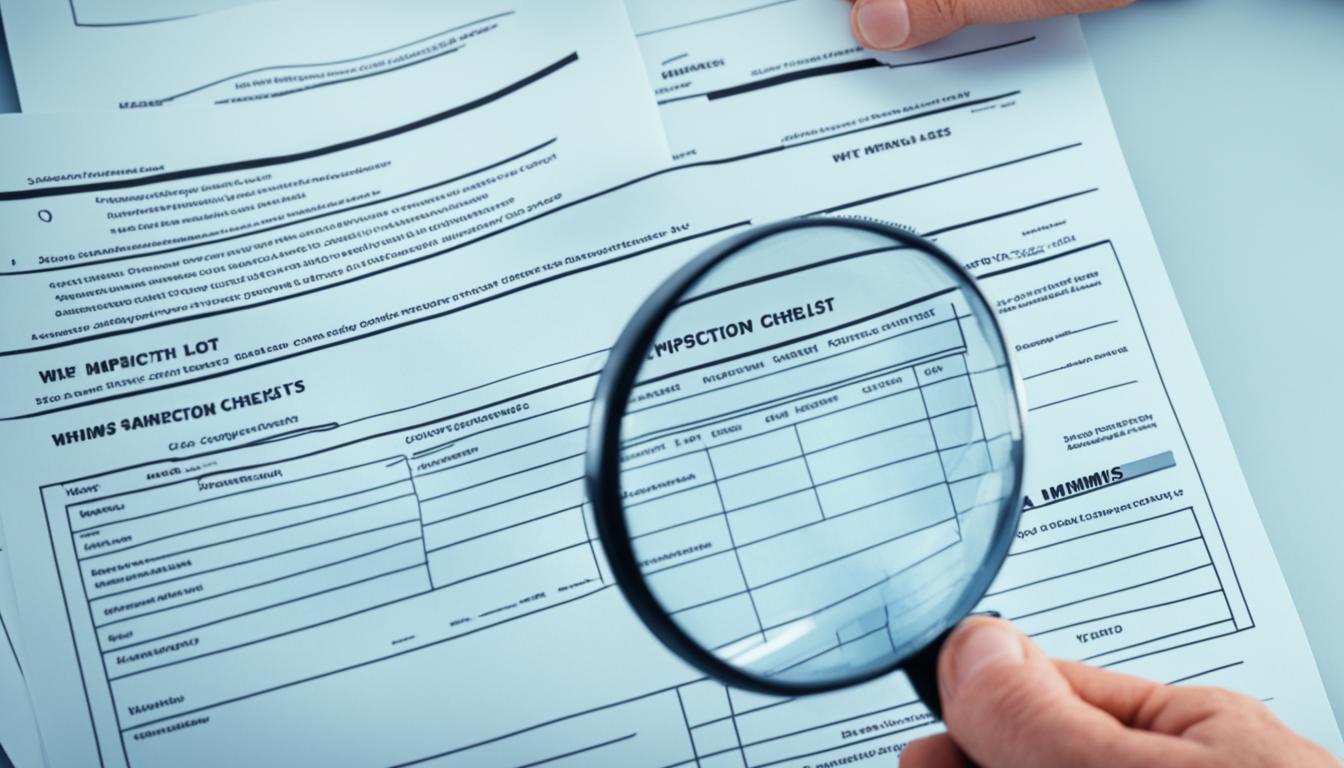Keeping workers safe is a top priority in any workplace, especially when it comes to handling hazardous materials. In Canada, there are strict regulations that govern the handling and use of these materials, known as the Workplace Hazardous Materials Information System (WHMIS). However, many people may wonder who enforces these WHMIS requirements in Canada and ensures compliance with the hazardous materials regulations. Who controls WHMIS?
In this article, we will explore the entities responsible for enforcing WHMIS requirements and maintaining safe working environments throughout the country. Whether you are an employer, employee, or simply curious about this topic, read on to learn more about the important role these entities play in keeping Canadians safe from hazardous materials.
Introduction to WHMIS
The Workplace Hazardous Materials Information System, or WHMIS, is a comprehensive system designed to provide health and safety information on hazardous products intended for use, handling, or storage in Canadian workplaces. This system was created in response to the fundamental right of Canadian workers to be informed about the potential safety and health hazards associated with the materials or chemicals they encounter at work.
What is WHMIS?
WHMIS is a national system that mandates the classification, labeling, and communication of information about hazardous products in the workplace. It aims to prevent the injuries, illnesses, deaths, medical costs, and fires that can result from the improper handling or use of such materials.
Main Components of WHMIS
The main components of the WHMIS system include:
- Hazard identification and product classification: Hazardous products are identified and classified according to their physical, health, and environmental hazards.
- Labeling: Hazardous products must be properly labeled with information about their hazards and safety precautions.
- Safety data sheets (SDSs): Detailed safety information about each hazardous product must be provided in the form of standardized SDSs.
- Worker education and training: Employers are required to educate and train workers on the hazards of the materials they use and the protective measures to be taken.
WHMIS was first implemented through a series of complementary federal, provincial, and territorial legislation and regulations in 1988, marking a significant milestone in workplace safety in Canada.
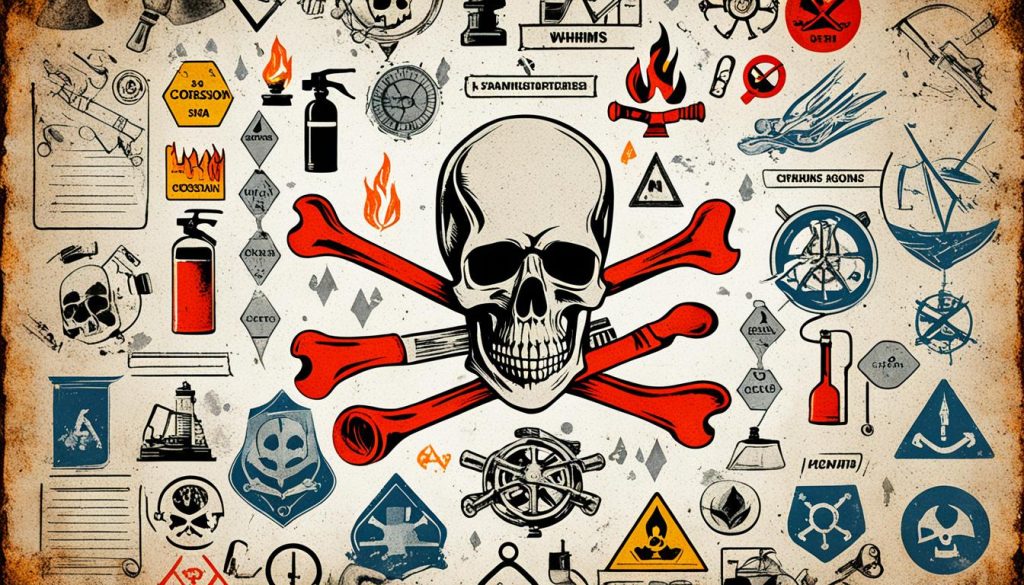
Legislative Framework for WHMIS
The WHMIS legislative framework in Canada is built upon a coordinated system of federal, provincial, and territorial legislation and regulations. This comprehensive approach ensures a consistent application of hazard communication requirements across the country.
Federal WHMIS Legislation
At the federal level, the WHMIS legislation is administered by Health Canada and includes the Hazardous Products Act (HPA), the Hazardous Products Regulations (HPR), the Hazardous Materials Information Review Act (HMIRA), and the Hazardous Materials Information Review Regulations (HMIRR). The HPA requires suppliers who sell or import hazardous products to provide a label and safety data sheet to the purchaser. The HPR sets out the criteria for assessing and classifying products into hazard classes and categories, as well as the requirements for labels and safety data sheets. The HMIRA provides for the protection of confidential business information.
Provincial and Territorial WHMIS Legislation
In addition to the federal legislation, each province and territory in Canada has enacted its own WHMIS-related occupational health and safety laws. These laws are based on a common model, but may include slight variations to address regional needs. The Canada Labour Code WHMIS applies to federally regulated workplaces, while the provincial occupational health and safety WHMIS legislation governs most other workplaces. Together, this interlocking system of laws ensures a consistent approach to WHMIS implementation and enforcement across the country.
Responsibilities under WHMIS
Under the Workplace Hazardous Materials Information System (WHMIS), suppliers, employers, and workers all have specific responsibilities to ensure the safe handling and use of hazardous products in the workplace.
1. Supplier Duties
Suppliers who sell or import hazardous products must ensure proper classification of the products, label the products or containers, and provide safety data sheets (SDSs) to their customers.
2. Employer Duties
Employers must educate and train workers on the hazards and safe use of hazardous products, ensure hazardous products are properly labeled, prepare workplace labels and SDSs as needed, and implement appropriate control measures.
3. Worker Duties
Workers must participate in WHMIS training, take steps to protect themselves and co-workers, and inform employers of any issues with labels or containers of hazardous products.
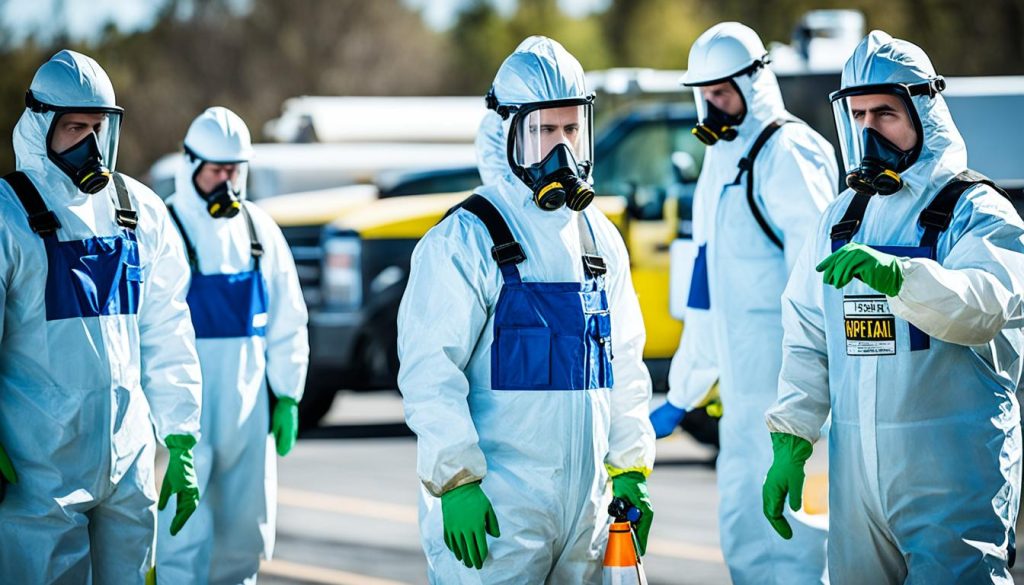
Products Covered and Exempted by WHMIS
The Hazardous Products Regulations set out specific hazard classification criteria. If a product covered by the Hazardous Products Act meets the criteria to be included in a hazard class or category, it is considered a WHMIS hazardous product and is subject to the WHMIS regulations. However, there are certain products that are WHMIS exempted, including explosives, cosmetics, devices, drugs, food, pest control products, consumer products, wood products, nuclear substances, hazardous waste, tobacco products, and manufactured articles.
While these WHMIS exempted products do not require WHMIS labels and safety data sheets, employers must still provide education and training to workers on the health effects, safe use, and storage of these products. Many of the WHMIS exempted products are covered under other federal, provincial, or territorial legislation.
| Product Category | WHMIS Coverage |
|---|---|
| WHMIS hazardous products | Subject to WHMIS labeling, safety data sheets, and worker training requirements |
| WHMIS exempted products |
Exempt from WHMIS labeling and safety data sheet requirements, but employers must still provide education and training on their safe use and handling. |
The WHMIS exempted products are often covered under other federal, provincial, or territorial legislation and regulations, such as the Explosives Act, Food and Drugs Act, and Transportation of Dangerous Goods Regulations.
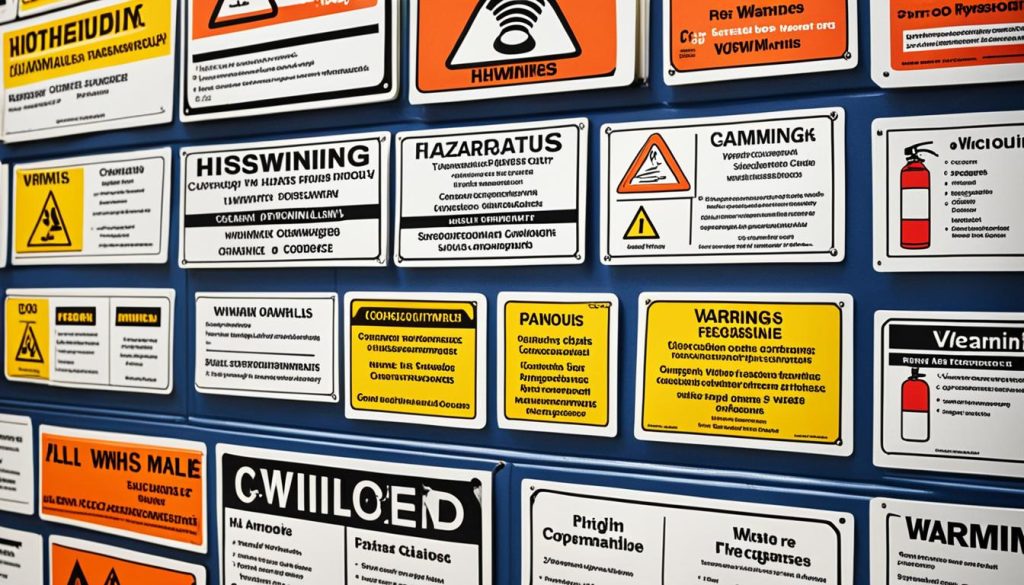
Who Enforces WHMIS Requirements in Canada?
WHMIS requirements are enforced through coordinated federal, provincial and territorial occupational health and safety laws. For federally regulated workplaces, the Labour Program is responsible for enforcing WHMIS compliance. For most other workplaces, the provincial or territorial government departments or agencies responsible for health and safety enforce WHMIS.
1. Federal Enforcement
Inspectors from the Labour Program have the authority to enter workplaces if they have reasonable grounds to believe WHMIS-related activities are being conducted or hazardous products are located there. During inspections, they may check if a WHMIS program is in place, if hazardous products have the required labels and safety data sheets, and if workers have received appropriate education and training.
2. Provincial and Territorial Enforcement
Similarly, provincial and territorial occupational health and safety inspectors have the authority to enter workplaces and verify WHMIS compliance. They may assess whether employers have implemented a compliant WHMIS program, including proper hazardous product labeling, safety data sheet availability, and worker training.
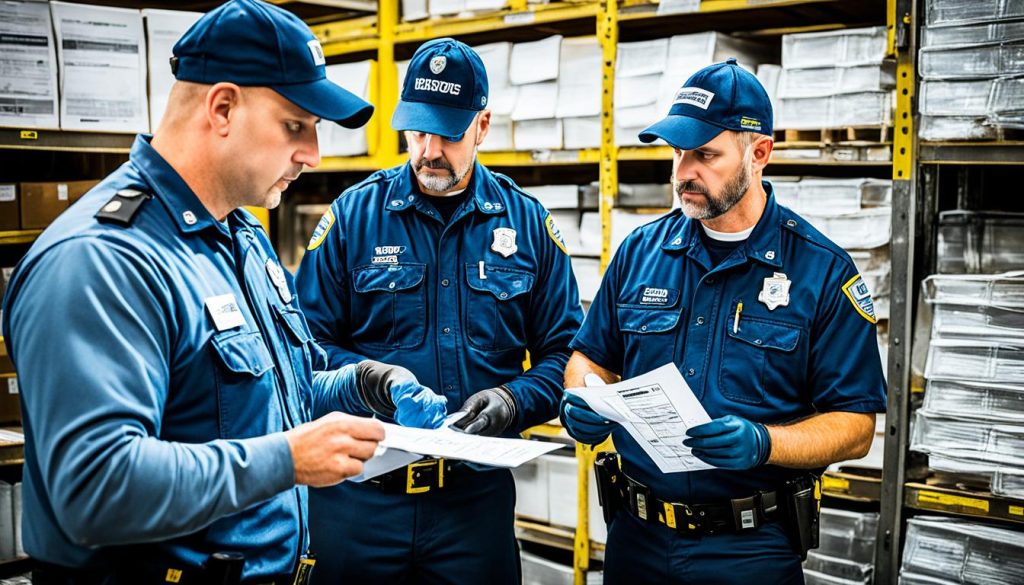
Inspection Process for WHMIS Compliance
The WHMIS inspection process is a crucial component in ensuring workplace health and safety across Canada. Inspectors have the authority to enter a workplace if they have reasonable grounds to believe WHMIS-related activities are being conducted or hazardous products are located there. During these inspections, inspectors may check if a compliant WHMIS program is in place, including verifying that hazardous products have the required WHMIS labels and safety data sheets, and that workers have received the necessary WHMIS education and training.
1. What Inspectors Look for?
When conducting a WHMIS inspection, inspectors will thoroughly examine the workplace to ensure compliance with all relevant regulations. This may include checking that hazardous products are properly labeled and that safety data sheets are readily available for workers. Inspectors may also interview employees to confirm they understand the hazards and protective measures associated with the hazardous products they work with.
2. Employer Preparedness for Inspections
Employers should be well-prepared for WHMIS inspections to demonstrate their commitment to workplace WHMIS compliance. This includes being able to provide evidence of a comprehensive WHMIS program, show where safety data sheets are kept, and present worker training records. Employers should also ensure that all hazardous product labels are up-to-date and that workers are knowledgeable about the WHMIS requirements and their responsibilities.
Alignment with the Globally Harmonized System (GHS)
Canada has aligned the Workplace Hazardous Materials Information System (WHMIS) with the Globally Harmonized System of Classification and Labelling of Chemicals (GHS). This alignment provides several WHMIS GHS benefits, including more comprehensive WHMIS hazard classification criteria, the inclusion of new hazard classes, and consistent physical hazard criteria with the Transportation of Dangerous Goods regulations.
1. Benefits of Aligning with GHS
The WHMIS GHS alignment offers several advantages. The GHS-aligned system introduces more detailed and globally consistent WHMIS hazard classification criteria, ensuring a thorough assessment of chemical hazards. Additionally, the inclusion of new hazard classes, such as those for aspiration hazards and simple asphyxiants, provides a more comprehensive approach to identifying and communicating chemical risks. Importantly, the WHMIS GHS alignment also aligns the physical hazard criteria with the Transportation of Dangerous Goods regulations, promoting seamless hazard communication across different regulatory domains.
2. Changes Introduced by GHS Alignment
The WHMIS GHS changes introduced through the alignment process are significant. These include the incorporation of new WHMIS hazard classes and categories, the standardization of WHMIS labeling elements such as hazard and precautionary statements, and the adoption of a standardized 16-section format for WHMIS safety data sheets. Suppliers are granted a 3-year WHMIS transition to GHS period, until December 15, 2025, to bring their product classifications, safety data sheets, and labels into compliance with the GHS-aligned amendments.
Consumer Products in the Workplace
Consumer products are those that can be purchased in a store and are generally intended for home use, such as cleaning products, adhesives, or lubricants. These consumer products WHMIS are labeled according to other legislation, not WHMIS. However, a comprehensive chemical safety program in the workplace would include education and training for the safe use of WHMIS consumer product requirements, in addition to the hazardous products regulated under WHMIS.
Even though consumer products WHMIS may be exempt from WHMIS consumer product labeling and safety data sheet requirements, employers must still ensure workers are informed about the health and safety hazards associated with these hazardous consumer products workplace and how to use them safely. This WHMIS consumer product training is crucial for maintaining workplace consumer product safety.
Conclusion
In Canada, the Workplace Hazardous Materials Information System (WHMIS) is a comprehensive framework for providing health and safety information on hazardous products used in workplaces. This system is implemented through coordinated federal, provincial, and territorial legislation and regulations. Under WHMIS, suppliers, employers, and workers all have specific responsibilities to ensure the safe handling and use of hazardous products.
WHMIS requirements are enforced by government inspectors, who have the authority to enter workplaces and verify compliance. Canada has also aligned WHMIS with the Globally Harmonized System (GHS) to improve hazard communication and provide more comprehensive hazard classification criteria. While WHMIS primarily covers hazardous products, employers must also consider the safety of consumer products used in the workplace.
By understanding and complying with WHMIS, workplaces can better protect the health and safety of workers. This includes adhering to supplier, employer, and worker responsibilities, as well as ensuring proper labeling, safety data sheets, and worker education and training. By maintaining a robust WHMIS program, Canadian workplaces can promote a safer and more informed work environment for all.
FAQ
1. Who enforces WHMIS requirements in Canada?
WHMIS requirements are enforced through coordinated federal, provincial and territorial occupational health and safety laws. For federally regulated workplaces, the Labour Program is responsible for enforcing WHMIS compliance. For most other workplaces, the provincial or territorial government departments or agencies responsible for health and safety enforce WHMIS.
2. Is WHMIS governed federally or provincially?
WHMIS is implemented through a coordinated system of federal, provincial and territorial legislation and regulations. While these jurisdictions based their WHMIS regulations on a common model, small variations between jurisdictions may exist.
3. Who is responsible to ensure that WHMIS is in effect in the workplace?
Employers are responsible for ensuring that a WHMIS program is in place and functioning in the workplace. This includes providing worker education and training, ensuring proper labeling and safety data sheets, and implementing appropriate control measures.
4. Who is responsible for setting supplier requirements under WHMIS?
Health Canada is the government body responsible for the overall WHMIS supplier-related laws, including the requirements for product classification, labeling, and provision of safety data sheets.
5. Who is responsible for classifying WHMIS?
Suppliers who sell or import hazardous products are responsible for properly classifying those products according to the hazard classification criteria set out in the Hazardous Products Regulations.
6. Who issues WHMIS certificates to workers?
There is no central WHMIS certification process. Employers are responsible for providing WHMIS education and training to their workers, but they do not issue formal WHMIS certificates.

